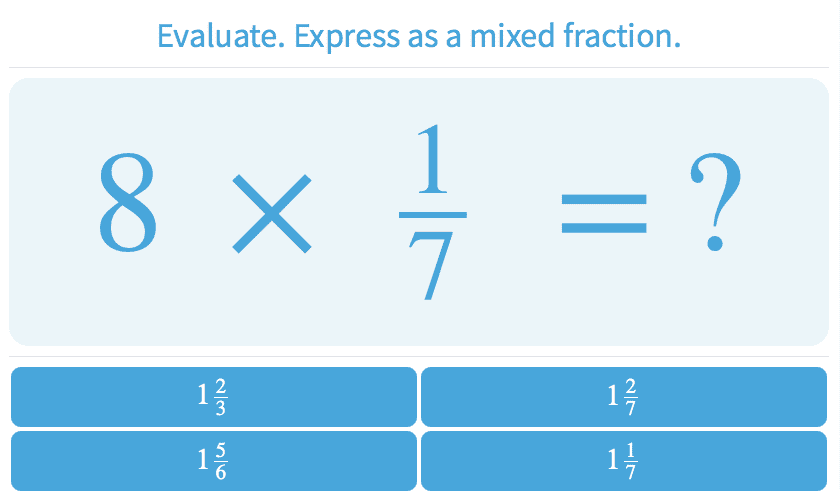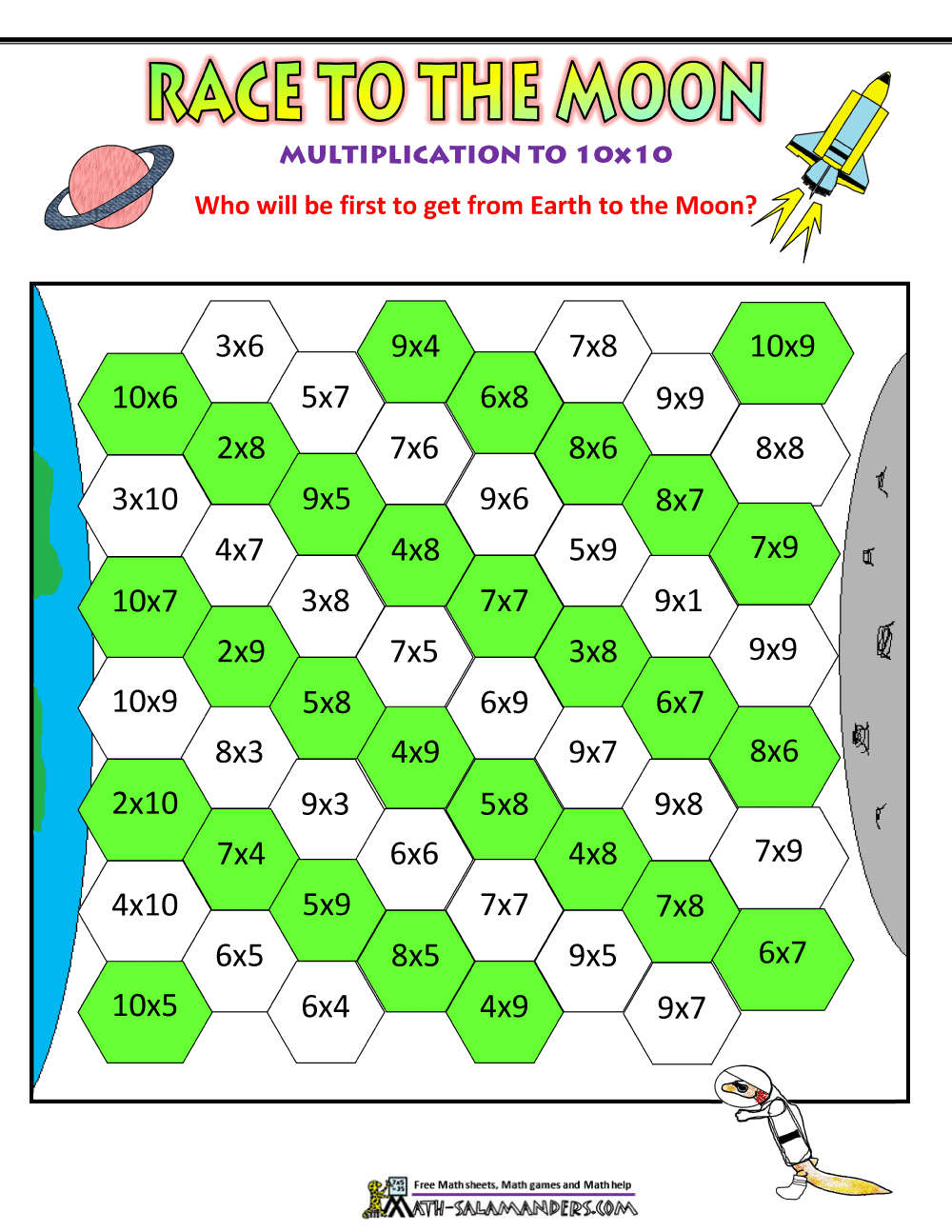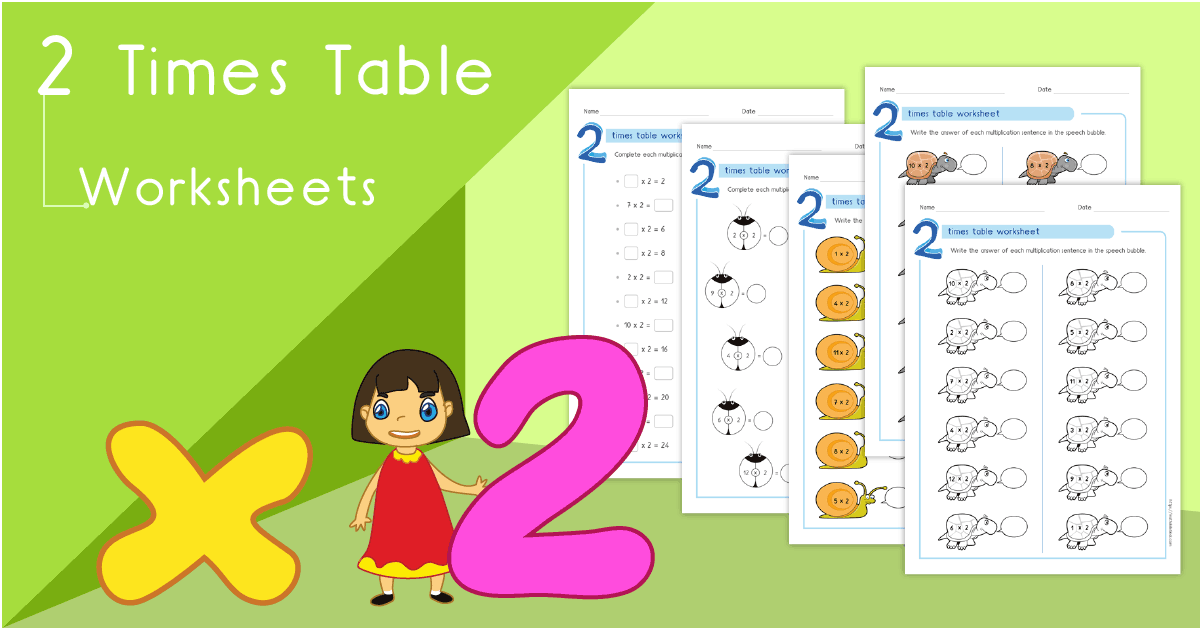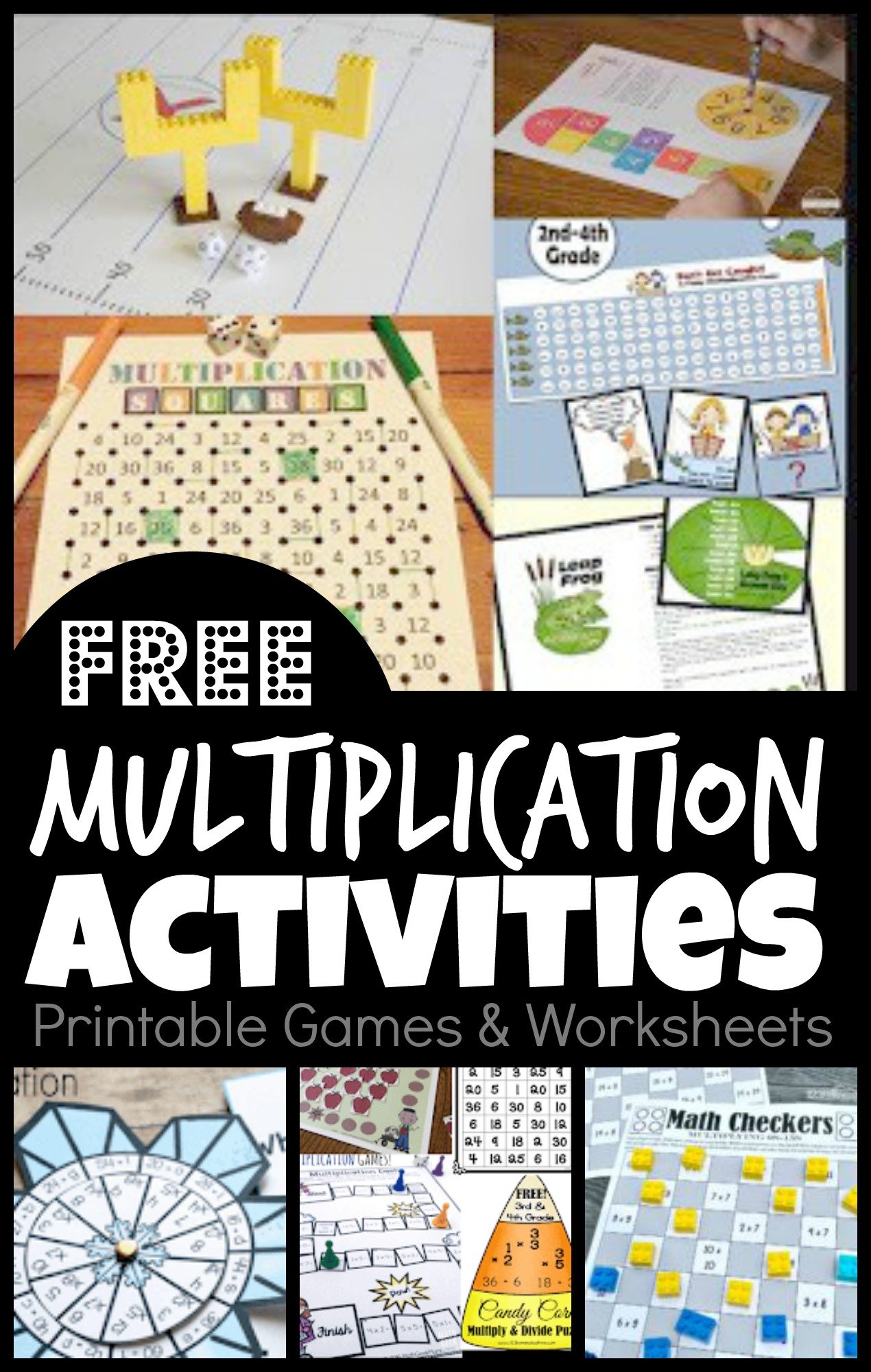

Inside were SIX of the smallest doughnuts you have ever seen. The THREE-winged fairy flew off and soon came back with a little bag. Soon they realized that they both loved doughnuts more than anything in the world. TWOlip and the THREEwinged fairy started talking about their favorite things. One day a THREE-winged fairy came flying through the garden and landed right on TWOlip’s leaf. TWOlip was a beautiful, red flower in the garden at a castle.

The multiplication stories should include two number characters and the sum. There is something about using language and pictures that makes it less math-like and activates the language centers in the brain.

Want a different approach to learning multiplication facts that often helps students who are struggling? Make up multiplication stories using the numbers as characters and have the students illustrate it. This multiplication task card bundle is perfect for playing Scoot and covers more than just multiplication facts! You can always adjust the timing as you play. They key is to start at a time you think will give your students sufficient time to solve the problem without leaving too much dead time. Other tasks, like word problems, might require a little more time. This method usually ends in lots of giggles and laughter.
#GAMES FOR MULTIPLICATION PRACTICE HOW TO#
If you're new to Scoot, this post has a free set that you can use to teach your class how to play!įor basic math facts, it’s fun to start the time at about 20 seconds and gradually get the kids moving faster and faster. When you say “Scoot,” everyone moves over one place and begins the next problem. When you say “Go,” students work the problem and write down the answer on their recording sheets. Each student stands in front of a card with a clipboard and a piece of paper or a recording sheet. Multiplication fact practice is more fun when you play a game of Scoot with your entire class. To play Scoot, you lay out a task card on each desk or hang it on the wall in the classroom (hallways work too for a change of scenery!).

Students can combine this idea with the game board idea above to play partner games like Tic-Tac-Toe, War, or Go Fish using dice and dominos. Then they write down the math fact they created and solve it. I also challenge students to create their own math practice by having them roll a certain number of times or draw a specific number of dominos. Students can also draw a domino and multiply the two sides before placing it. Instead of using traditional flash cards or number cards for multiplication fact practice, have students roll two dice and then multiply them together. When your students are ready for more advanced multiplication practice, this Topple Blocks Multiplication game is a great choice! It might sound like this, “Do you have two numbers that will make 15?” What I especially love about this is that both players are really thinking about multiplication in different ways. You could even play Go Fish by having students ask for the sum. The person with the highest sum gets all 4 cards. Students turn over two cards (instead of one) and multiply them together. Use traditional cards to play a game of Multiplication War. Let your students play UNO, and as they lay their card down they have to multiply it with the top card on the pile. You can also use any game that involves numbers as an opportunity to practice multiplication (or any operation!). You can also play a traditional partner game like Tic-Tac-Toe, but have the students correctly answer a multiplication card before taking turns. Instead of the old “drill and kill” method, use the same flashcards to replace question cards in board games. If that doesn't work for the games you already have, you can play the regular way but have students correctly answer math facts before taking a turn.


 0 kommentar(er)
0 kommentar(er)
